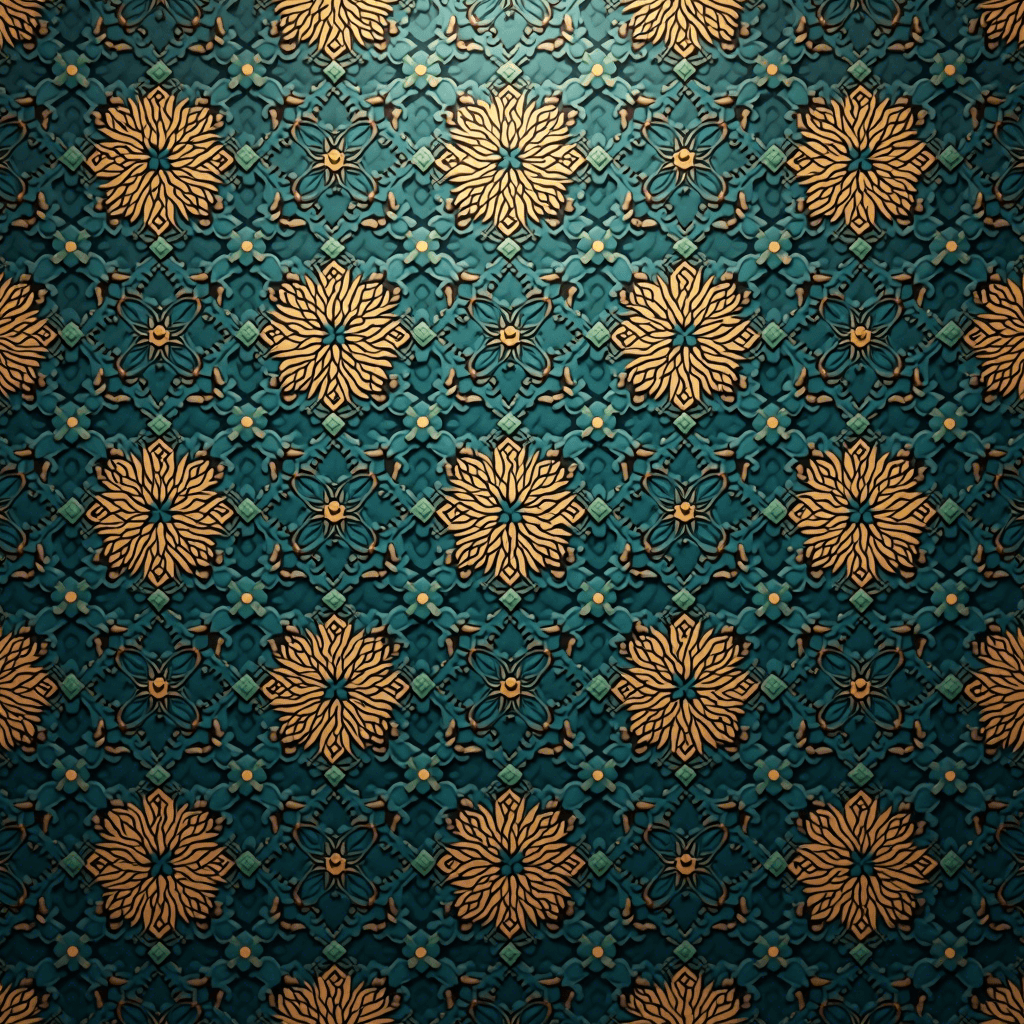
Islamic Geometric Patterns
Islamic Geometric Patterns, known for their intricate, repeating designs and symmetry, often used in architecture and decorative arts to reflect the infinite nature of creation.
Quick Navigation
External Resources
Overview
Origin
Islamic World (Middle East, North Africa, Spain)
Historical Period
7th century onwards
Cultural Significance
Islamic geometric patterns are a hallmark of Islamic art, used in mosques, palaces, and manuscripts to symbolize the infinite nature of the universe and divine order.

Historical Timeline
8th-9th century
Development of geometric patterns in Islamic architecture
13th century
Mathematical principles established in Islamic geometric design
14th-15th century
Peak of complexity in Moorish and Persian designs
Techniques
Use of compasses and rulers for precise geometric designs
Repeating patterns with stars, polygons, and arabesques
Inlay work with tiles, wood, or metal
Combination with calligraphy and floral motifs
Cultural Context
Islamic geometric patterns are a hallmark of Islamic art, used in mosques, palaces, and manuscripts to symbolize the infinite nature of the universe and divine order.
Did You Know?
Islamic geometric patterns often avoid figurative imagery, focusing on abstract forms to comply with religious traditions that discourage the depiction of living beings.